Native California Trees
List of Native California Trees for the benefit of our readers. This article is an excerpt from the book called “The life & love of trees” by “Lewis Blackweil”.
Species : Sequoia Sempervirens
Region : California, United States
The coast redwood must vie for being one of the most photographed of trees, and Redwood National Park, California, United states, is one of the few places to find them, as they are only native to a narrow coastal strip running up from northern California. In this zone, the foggy coastal air creates a unique microclimate around their upper branches, improving water flow and aiding growth to champion heights. Due to their size, it is rare to get a clear view of the tops of the trees, except in younger groups or where a tree has fallen.
This grove of redwoods near Big Sur, California, United States, is close to the southern limit of the native habitat, just inland from the California coast. The comparatively small trunk diameters and low heights of these trees, along with the strength of light still reaching the ground, tell us that the trees are still in their youth and may have 2,000 years or more to go.
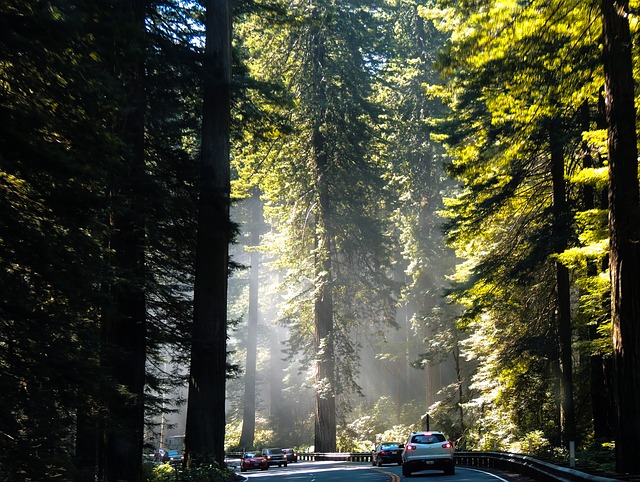
Species : Sequoiadendron giganteum
Region : California, United States
Deep within Yosemite National Park, California, United States, a stand of giant sequoias displays the buttressing that enables the massive trees to become the heaviest life form on the earth’s surface. They can live in excess of 3,000 years, and typically grow at altitudes above 6,500 feet. A range of mosses and lichens can be seen prospering around the base.
The magnificent size and age of the sequoia belies the fact that it has been reduced to inhabiting a small area of the world-the western slopes of the Sierra Nevada, as here in Yosemite National Park, California, United States. It does not need to reproduce often, but to do so requires unusual conditions. Fire is needed to clear the ground and create the right environment for the cones to spill their seed in fertile, light conditions. And then it needs space and to be left quietly alone for many years. All of which is hard to find outside of a national park.
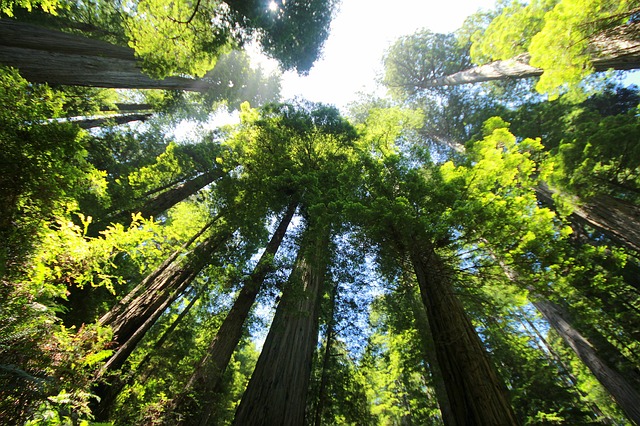
Species : Abies concolor, Sequoiadendron giganteum
Region : Pacific Northwest, United States
White firs are covered with moss in this grove of sequoias. The rich coating of epiphytes is a result of their fir being in the shade and thereby providing a moist home for the small plants. White fir is a climax species within the forest, which means it is able to thrive in mature forest conditions. Here it is between giant sequoias, a situation that would be unendurable for many other plants that need more light.
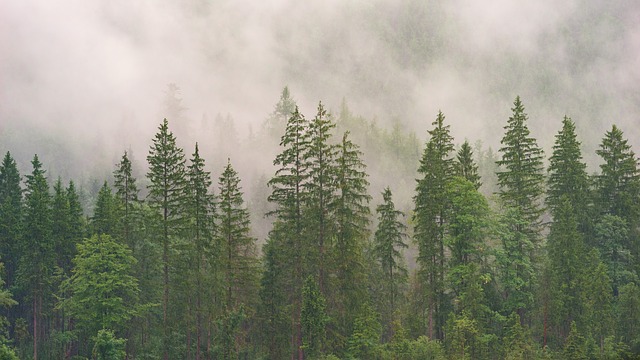
Species : Pinus longaeva
Region : Southwest United States
Ancient bristlecone pine trees often look in part like wind-carved rock or pieces of abstract sculpture rather than wood, thanks to 4,000 or more winters of snow and ice, with summers of harsh sunlight in thin air. Parts of the tree die, often over 1,000 years or more, while other parts live on.
Bristlecone pines are the longest- living trees(excludingcloning plants such as aspens), with the most ancient specimen analyzed as having growth rings older than 4,900 years . With tragic absurdity, that champion tree was discovered posthumously after being cut down so that a scientist could recover a broken measuring drill. These ancients live in the White Mountains of California, United States, at up to 11,480 feet above sea level, with some crossing over into Nevada and Utah.
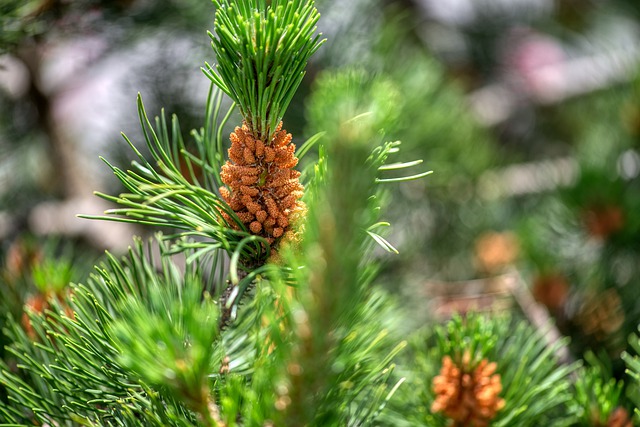
Species : Acer Circinatum
Region : Western United States, Western Canada
The vine maple is a small tree or brush found from British Columbia down to northern California, United States. Here it overhangs a creek in Mount Rainier National Park, Washington, United States, displaying its tendency to bend over. At the extreme, the branches replant themselves and create a natural arch. Its attractive coloration has led to its propagation and distribution worldwide as on ornamental.
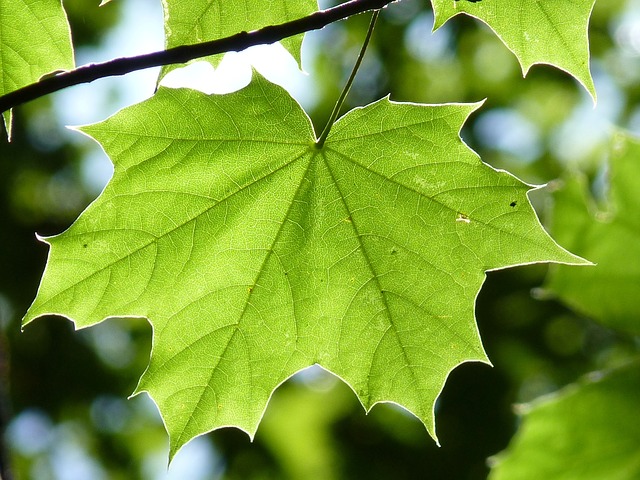
Species : Tsuga heterophylla, Thuja Plicata
Region : Northwest United States
Western hemlock and western red cedar are shrouded in early morning mist in this view within Olympic National Forest, Washington, United States. Both trees have similar native dispositions, ranging down the Western Seaboard from Alaska to California. The hemlock is the more persistent of the two, being able to tolerate poor light and then outgrow competitors.

We know this article about our Native California Trees was very useful to our readers. Continue reading about “California Oak Trees“
